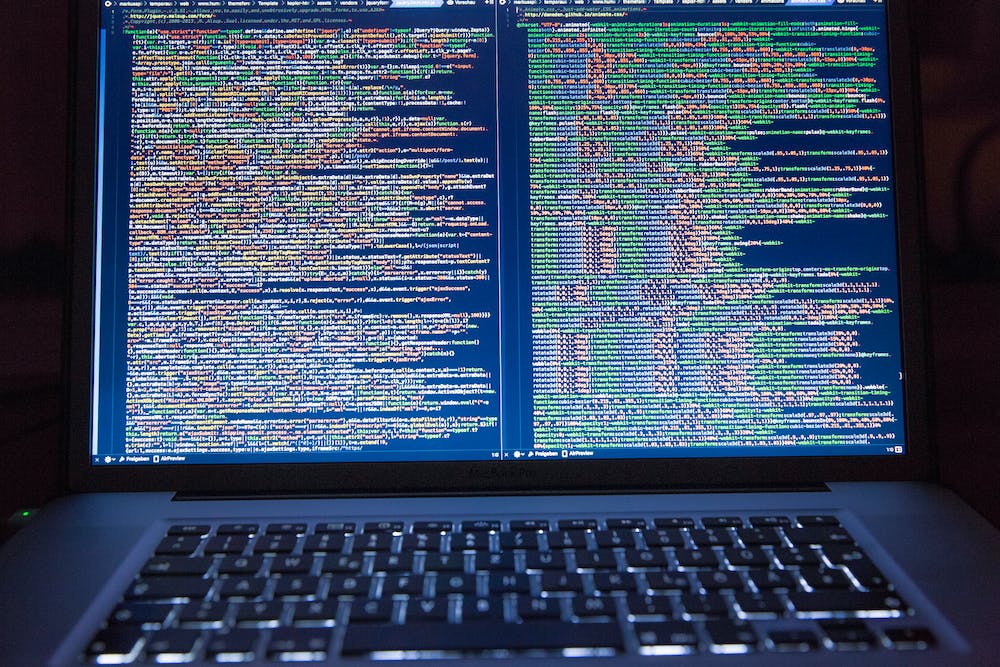
The Evolution of Operating Systems: Past, Present, and Future
Introduction:
Operating systems have come a long way since their inception. They have evolved from simple batch processing systems to highly sophisticated and user-friendly interfaces that power today’s computers and mobile devices. In this article, we will take a journey through the history of operating systems, exploring their past, present, and future.
Historical Overview:
1. Batch Processing Systems:
– In the early days of computing, computers were large and expensive, and operators had to submit jobs through punched cards.
– Batch processing systems were designed to run programs in batches, with little to no user interaction.
– Operating systems like the IBM OS/360 and UNIVAC EXEC were prominent during this era.
2. Time-Sharing Systems:
– With the advent of faster computers, time-sharing systems emerged.
– Time-sharing allowed multiple users to access the computer simultaneously.
– Operating systems like CTSS (Compatible Time-Sharing System) and UNIX were developed during this time.
3. Graphical User Interfaces (GUI):
– The introduction of the GUI revolutionized the way people interacted with computers.
– Xerox PARC’s Alto computer was the first to incorporate a GUI, with icons, windows, and a mouse.
– Apple’s Macintosh and Microsoft’s Windows Operating System popularized GUIs.
4. Mobile Operating Systems:
– The rise of smartphones brought about the need for mobile operating systems.
– Apple’s iOS and Google’s Android are the two most dominant mobile operating systems today.
– These systems are designed to be lightweight, efficient, and cater to the specific demands of mobile devices.
5. Cloud Computing:
– Cloud computing has revolutionized the way we store and access data.
– Operating systems have adapted to allow seamless integration with cloud services.
– Examples include Google’s Chrome OS and Microsoft’s Windows 10, which heavily rely on cloud-based applications.
Present Scenario:
1. Windows:
– Microsoft’s Windows operating system dominates the desktop market, with Windows 10 being the latest version.
– Windows offers a wide range of features, compatibility, and a familiar interface that appeals to both casual and business users.
2. macOS:
– Apple’s macOS powers Mac computers and emphasizes a seamless integration between hardware and software.
– IT offers a highly optimized experience for creative professionals and is known for its stability and security.
3. Linux:
– Linux is an open-source operating system that offers a high level of customization and flexibility.
– IT is widely used in server environments and serves as the foundation for Android OS.
4. Android:
– Android, based on the Linux kernel, has emerged as the leading mobile operating system.
– IT provides a vast ecosystem of applications and services and is used by numerous smartphone manufacturers.
Future Trends:
1. internet of Things (IoT):
– As the number of interconnected devices increases, operating systems will need to evolve to provide seamless integration and security.
– IoT-specific operating systems like Google’s Android Things and Microsoft’s Windows IoT Core are already emerging.
2. Artificial Intelligence (AI):
– The integration of AI into operating systems could potentially improve user experience and enhance system performance.
– AI-driven assistants, like Apple’s Siri and Microsoft’s Cortana, are just the beginning.
3. Quantum Computing:
– As quantum computing gains ground, operating systems will need to adapt to harness the power of quantum processors efficiently.
– Research in this area is ongoing, and IT will be intriguing to witness the evolution of operating systems in this context.
Conclusion:
Operating systems have come a long way, constantly adapting to technological advancements and user demands. From simple batch processing systems to sophisticated mobile and cloud-compatible platforms, they have transformed the way we interact with computers. With the emergence of IoT, AI, and quantum computing, the future of operating systems appears to be an exciting and ever-evolving field.
FAQs (Frequently Asked Questions):
1. What is the oldest operating system?
– The oldest known operating system is the General Motors OS, dating back to 1956.
2. Which is the most popular desktop operating system?
– Microsoft Windows is the most popular desktop operating system globally.
3. Can I run Windows applications on a macOS computer?
– Yes, through virtualization software like Parallels Desktop or Boot Camp, you can run Windows applications on a macOS computer.
4. Is Linux difficult to use for beginners?
– Linux can be challenging for beginners, primarily if they are accustomed to Windows or macOS. However, with modern distributions like Ubuntu, Linux has become more user-friendly.
5. Will mobile operating systems eventually replace desktop operating systems?
– While mobile operating systems have gained significant traction, desktop operating systems continue to serve specific purposes and provide more power and flexibility. Therefore, IT is unlikely that desktop operating systems will be completely replaced by mobile operating systems.
In Conclusion, the evolution of operating systems has been remarkable, shaping the way we interact with computers and mobile devices. The historical progression from batch processing systems to modern, user-friendly interfaces showcases the continuous adaptation to emerging technologies. As we move into the future, operating systems will continue to evolve, incorporating advancements in IoT, AI, and quantum computing to meet the demands of an increasingly connected and intelligent world.





